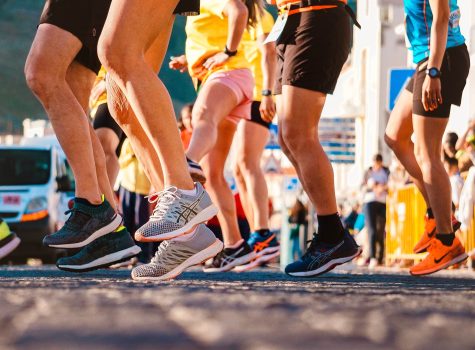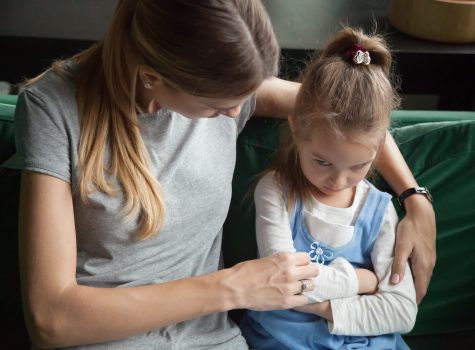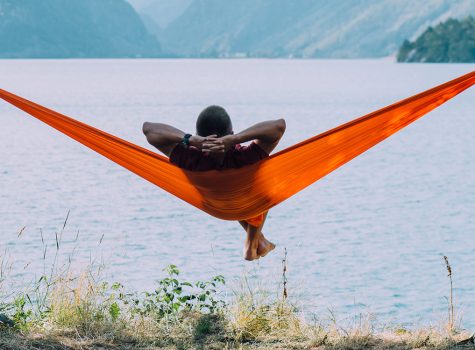
Warm up to be better prepared
Dear hikers, did you know that a warm-up is a transitional phase between rest and effort that aims to prepare you physically and mentally for your physical activity? One of the main benefits of warming up is to increase the temperature of the body and the muscles that will be used during your activity.
Warming up allows for cardiovascular adaptation, conditioning of the muscles, nerves and joints, and improvement of mental attitude.
Try this pre-hike warm-up
Over a distance of 10 m, you can perform:
- Jogging
- High Knees
- Butt Kicks
- Walking on tiptoes
- Walking on heels
- Walking with internal/external rotation of the hips
Then, with your backpack, do about 10 squats and lunges (both legs).
Proper footwear for hiking
How important is it to wear proper footwear for hiking?
The main objective of proper footwear is to prevent lower body injuries. A good shoe also improves hiking technique and the movement of the lower body.
When choosing your shoes, think about rigidity (softer for easier trails, stiffer for trails that require more stability). Weather conditions and the weight of your backpack will also influence your choice.
Finally, make sure you break in your shoes before going for your first hikes!
Choosing the right backpack
The size of the backpack depends on the duration of the hike (a few hours, a day, several days). In any case, make sure you don’t overload your backpack and carry only the essentials, your back will thank you!
Also, adjusting your backpack properly will help prevent injury:
- Attach the hip strap first and make sure the bag is properly supported on your hips.
- Then, tighten the shoulder straps along your body.
- Make sure that the straps that go over your shoulders are well-supported without too much pressure.
- If your backpack allows it, use the top adjustment straps (near your head) to bring the weight of the backpack closer to your body when going up a hill (tighten the straps) and to move the weight of the backpack away from your body when going downhill (loosen the straps). This will help you keep your balance!
Using walking sticks
Research shows that walking sticks reduce the load on the lower limbs and improve walking speed, stability and balance. They are also an excellent way to prevent falls!
If you have knee pain, a cane can absorb up to 25% of your body weight on the joint. Similarly, walking sticks help reduce the weight of your body on your knees while hiking!
Cool down after a hike
After your hike, an effective cool down brings your body back to its pre-workout state. The goal is to gradually lower your heart rate while relaxing your hard-working muscles!
For example, focus on static or dynamic stretching of the calves, hamstrings, quadriceps, glutes and back.
Have a good hike!
(And if you’re looking for a great activity that combines hiking and training, try the fitness trail Let’s activate your well-being at Mont Rigaud developed by Amélie Poirier, kinesiologist. Sweat and fun are guaranteed!)
Written in collaboration with Aditi Kapoor, physiotherapist




